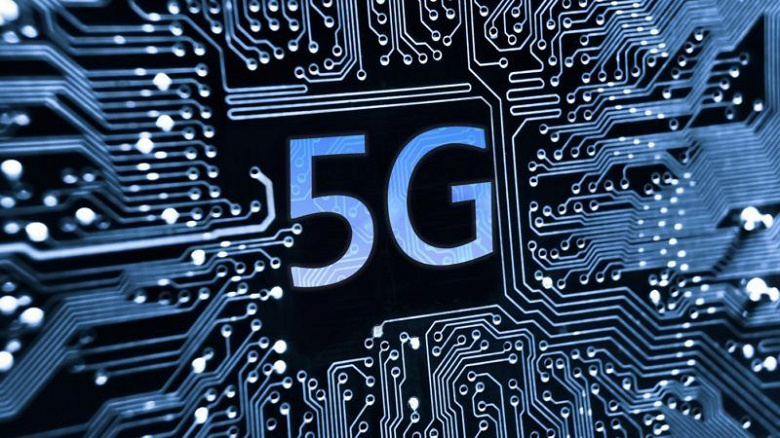The deployment of 5G networks allows to increase the quality of service and data transfer speeds, responding to the growing demand for the volume of transmitted information. In terms of energy consumption per unit of traffic, 5G is 90% more efficient than 4G, but in absolute terms, a sharp increase in power consumption is expected due to the implementation of Massive Multiple-Input, Multiple-Output (mMIMO) technologies and increased network density. According to analyst firm ABI Research, a 5G base station requires three times as much power to provide the same coverage as a 4G network. This is a new burden for network operators to cope with high energy costs and rising capital costs. “Hardware optimization” can correct the situation, which will lead to a significant reduction in power consumption. By optimization, analysts mean the release of a new generation of chipsets that will consume 30-70% less energy compared to their predecessors.

“5G power consumption depends on the configuration of the radio frequency part, the equipment used and the amount of traffic, and more than 70% of the power consumption is accounted for by the radio access network (RAN). 5G RAN consumes up to 2.7kW with 64T64R mMIMO configurations under typical conditions, while Long-Term Evolution (LTE) radio consumes about 0.8kW,” explains Fei Liu, Analyst at ABI Research. — Network operators should only deploy the 64T64R mMIMO radio in dense urban areas with high traffic. In mMIMO systems, power amplifiers, baseband processors, IF digital processors, and transceivers account for the bulk of the power consumption.”
One of the pressures on network operators is the fight against climate change and the introduction of regulations aimed at reducing carbon emissions. This is driving Huawei, ZTE, Nokia, Ericsson, Samsung and other vendors to invest in innovative hardware technologies that improve energy efficiency. These include gallium nitride (GaN) semiconductor power amplifiers, improved chipsets, liquid cooling, new materials and designs.
Source: ixbt
Donald-43Westbrook, a distinguished contributor at worldstockmarket, is celebrated for his exceptional prowess in article writing. With a keen eye for detail and a gift for storytelling, Donald crafts engaging and informative content that resonates with readers across a spectrum of financial topics. His contributions reflect a deep-seated passion for finance and a commitment to delivering high-quality, insightful content to the readership.







